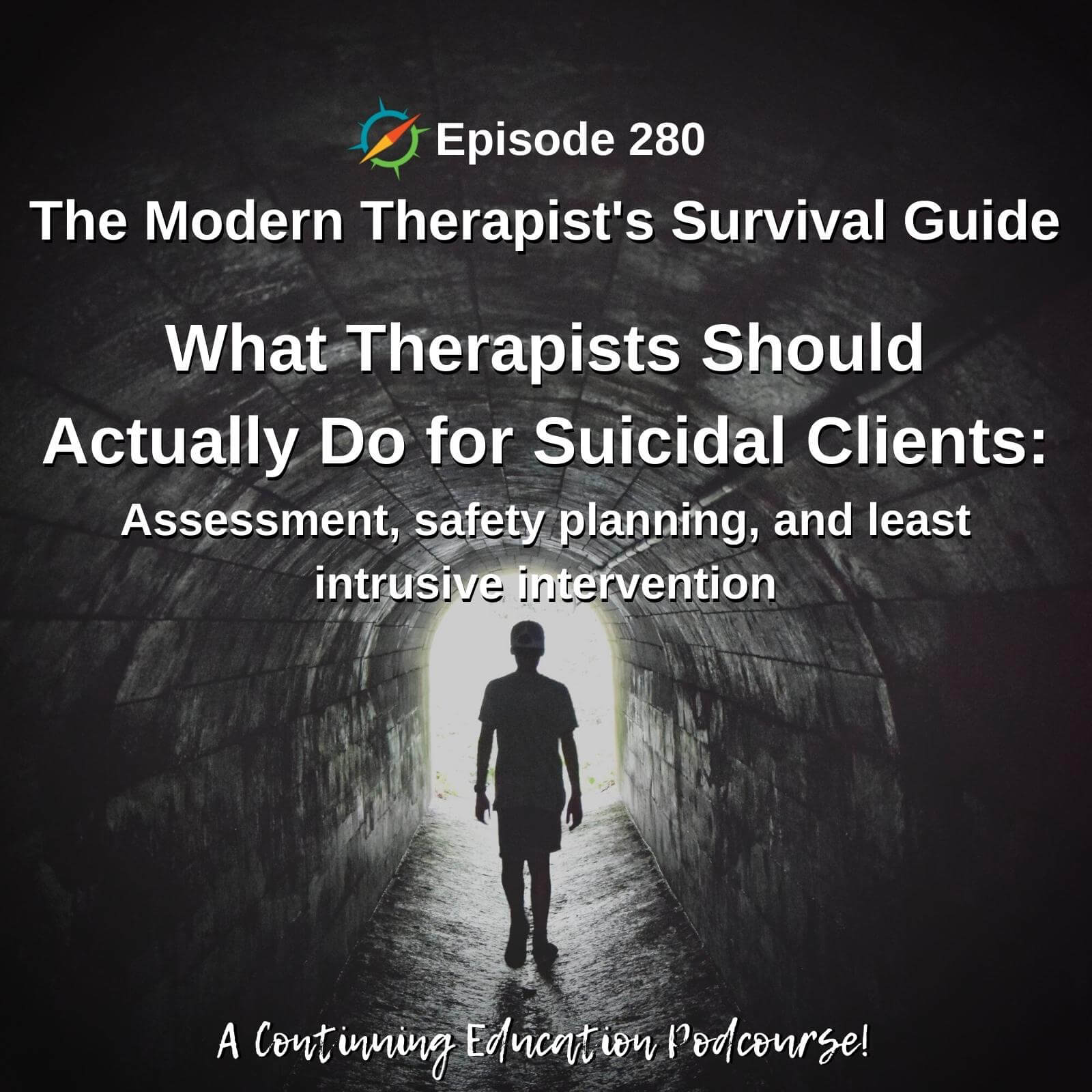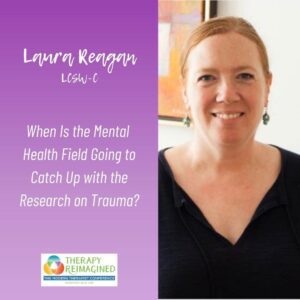Suicide assessment is intervention. This course teaches attendees to use suicide assessments as an intervention tool to identify risk factors and create intervention and safety plans before clients exhibit volitional suicidality. Identification of motivating factors is covered as a step between entrapment and volitional phases of the Integrated Volitional Model of Suicidality and as a potential area of intervention. Learning Objectives:
- Identify two assessment tools that can be utilized with suicidal clients
- Define what least restrictive level of intervention means
- Explain why intervening at too high of a level can be dangerous for suicidal clients
![]()
Our Presenters
Curt Widhalm, LMFT
Curt Widhalm is in private practice in the Los Angeles area. He is a member of the California Association of Marriage and Family Therapists (CAMFT) ethics committee, an Adjunct Professor at Pepperdine University, lecturer in Counseling Laws and Ethics at California State University Northridge, a former Law & Ethics Subject Matter Expert for the California Board of Behavioral Sciences, and former CFO of CAMFT. Learn more at: www.curtwidhalm.com
Katie Vernoy, LMFT
Katie Vernoy is a Licensed Marriage and Family Therapist, with a Master’s degree in Clinical Psychology from California State University, Fullerton and a Bachelor’s Degree in Psychology and Theater from Occidental College in Los Angeles, California. Katie’s experience spans many leadership and management roles in the mental health field since getting her license in 2005: program coordinator, director, clinical supervisor, hiring manager, recruiter, and former President of the California Association of Marriage and Family Therapists. Learn more at: www.katievernoy.com
___________________________________________________________________________________________________________________________________________________________________________







